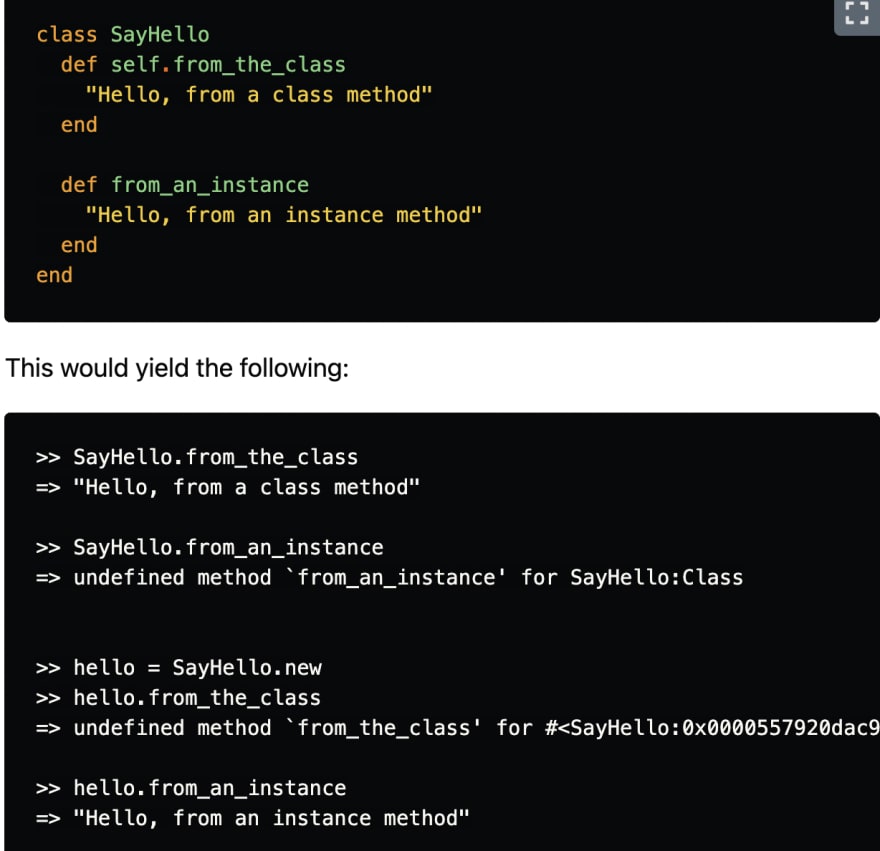Before I started on my journey towards software engineering I was working a blue collar job as a supervisor in a plumbing company. Although the money was great, it was not the lifestyle that I envisioned for myself, as well as the current time we are living in during this pandemic. I got laid off for a few months and I did some thinking, and I finally came to the conclusion that it was time for a change in my life and in my career.
During my time off I was researching new careers in the tech industry but I was not completely sure which route I wanted to take. I decided to give coding a try so I picked up a few python, HTML, and CSS courses on Udemy. It was going well and I was learning new concepts but after a while I knew I needed a faster way to grow, and also to be a part of a more structured environment.
After some research I stumbled upon a few links on coding bootcamps. I reached out to a friend who attended Flatiron as well back in 2017. After four years he is now working for Facebook as a full stack software engineer. He highly recommended this bootcamp and told me if you put the time in and give it your all the end goal can be very rewarding. After hearing his advice I decided to give it a shot.
I am currently in my third week of attending Flatiron coding bootcamp. Before entering this program I thought it would be a regular 9-5 and I would pick up the concepts quickly and boy was I wrong. The word bootcamp is a military term that stands for a short, intensive, and rigorous course of training, and that is exactly what it has been so far. I am in a constant battle between time management, trying to catch up on previous work, and fully understanding a concept.
Although I might understand the concept and how things work, my biggest problem is putting it down and coding it out. For example my biggest issue is how to take a deliverable method from a practice lab and deliver the method with its corresponding components. I believe this is where pseudo code plays a big role. Sometimes I take a method and try 20 different ways to code it out and not get a single result. But I have to get into the habit of writing my steps down, thinking like a programmer and dissecting the problem one step at a time, and to thoroughly understand the concept of the problem and what needs to be provided.
I also learned that Google.com is a programmers best tool. When you get stuck on a problem refer to the programming language documentation. I had this issue in my first and even some of the second week when it came to the difference of class methods and instance methods. I would often get stuck trying to provide an instance method to a class method or vice versa. After some research and trial and error it finally stuck to me that a Class method only provides functionality to the Class object itself, and the instance method provides functionality to the instance of a class object.
What this means is that a Class is a set of blueprints that holds methods that contain certain information about the class.
Classes define which methods are available on any instance of that class. Defining a method inside a class creates an instance method on that class.
In this example above, "self" is referring to itself which is the Class itself. When you add self to a method this is considered a Class method. When you call the first method self.from the class you can directly call the class itself but if you do it on a instance method you get an "undefined method error". For you to call the instance method, you must first set your class to a variable. When you set your class to a variable it becomes an *instance * of a class. Then you are able to call instance methods.
Though this process so far is very time consuming, and taking away a big part of my life, I know this sacrifice for a short period of time will help me in my future career, as well as put me to the test to develop the skills to handle pressure in a work environment in the near future. I can't wait for what the future holds and the also the rest of my journey here at Flatiron!






Top comments (0)